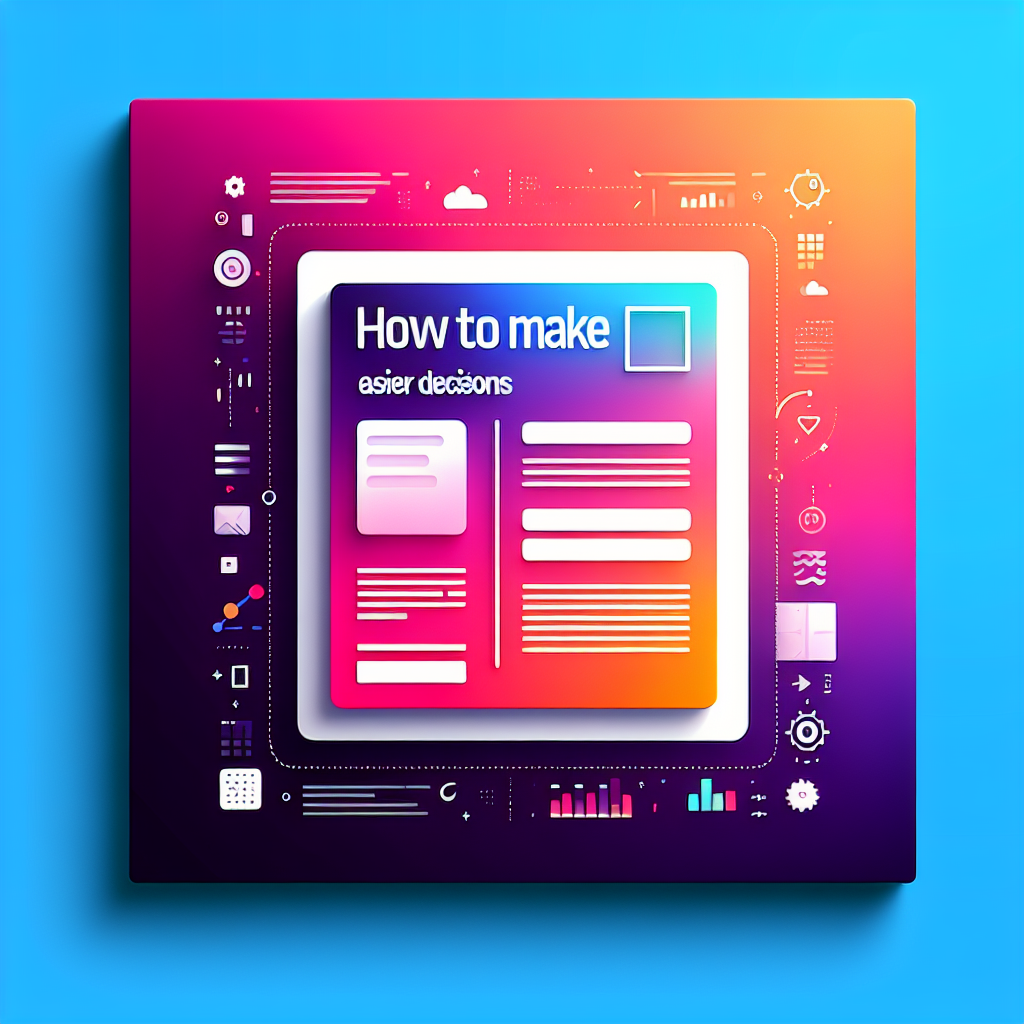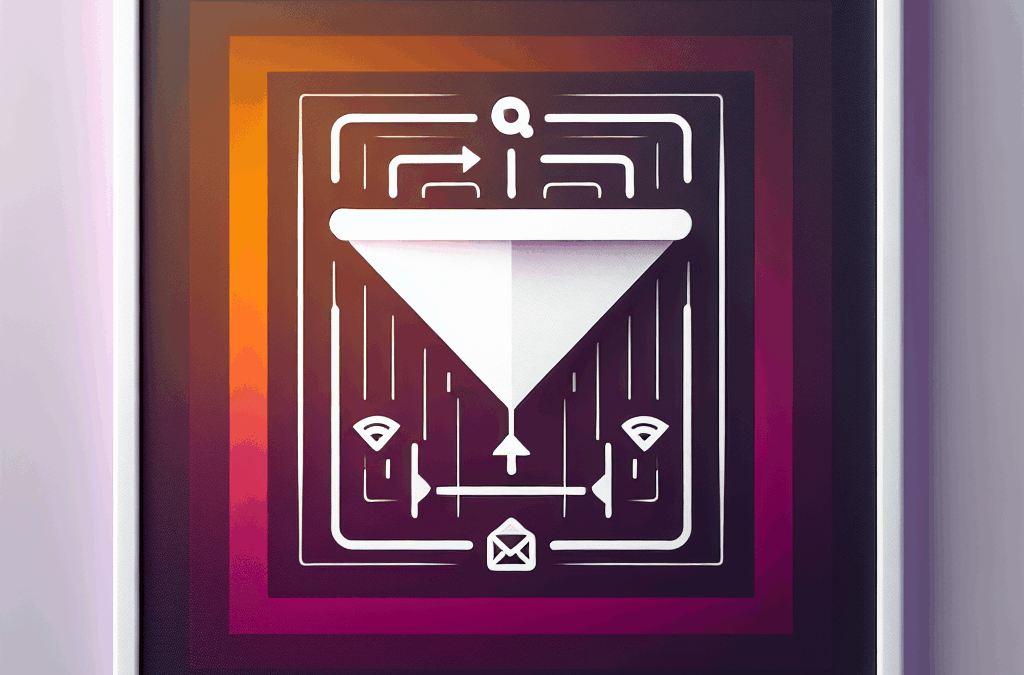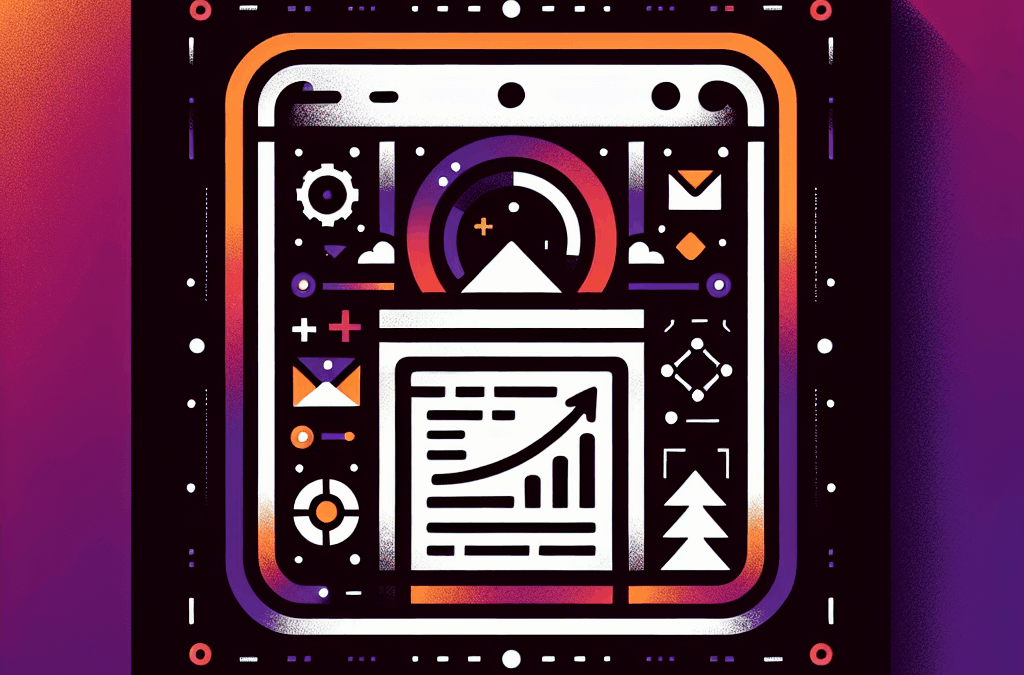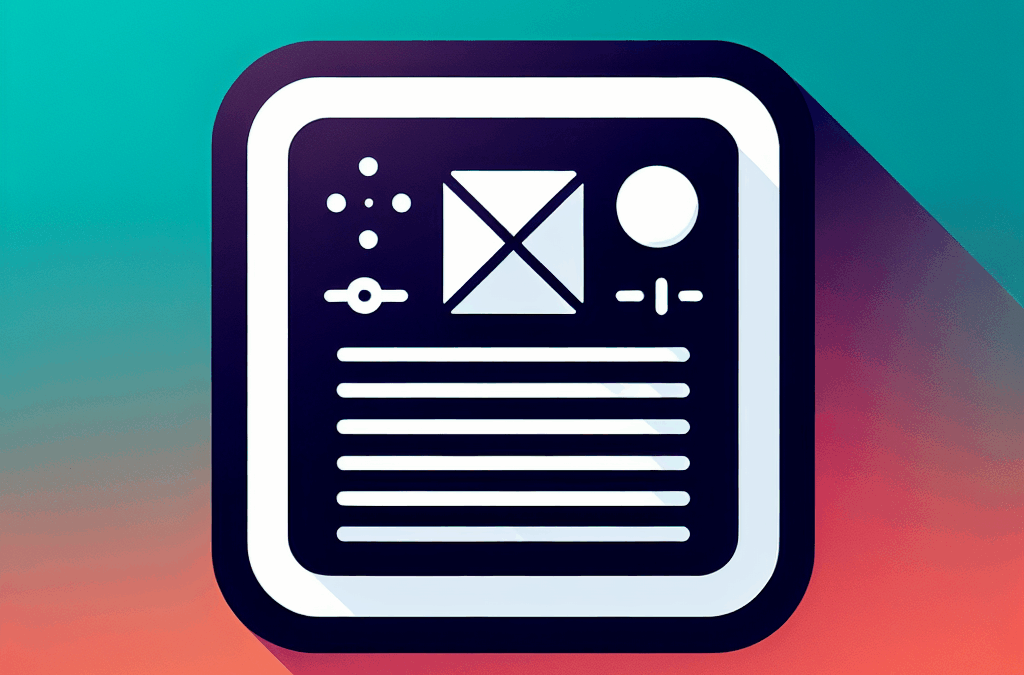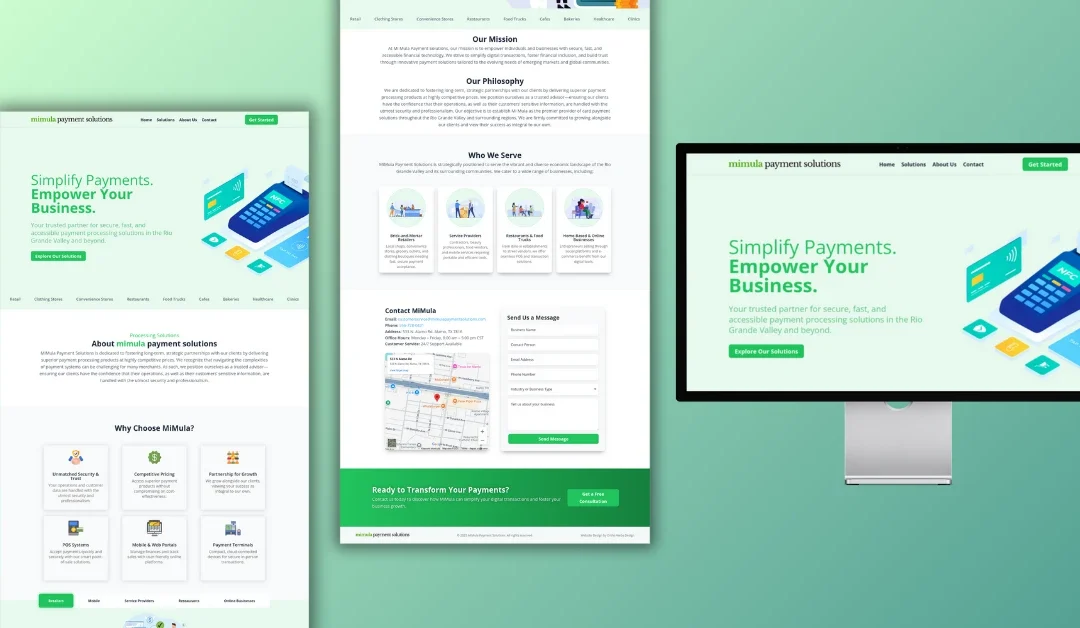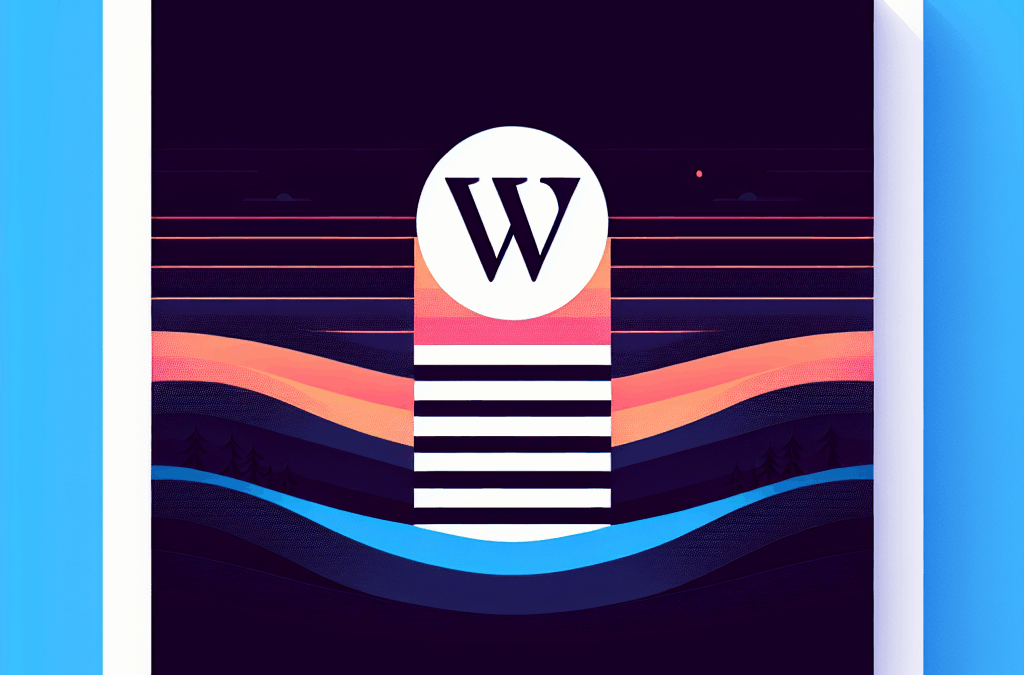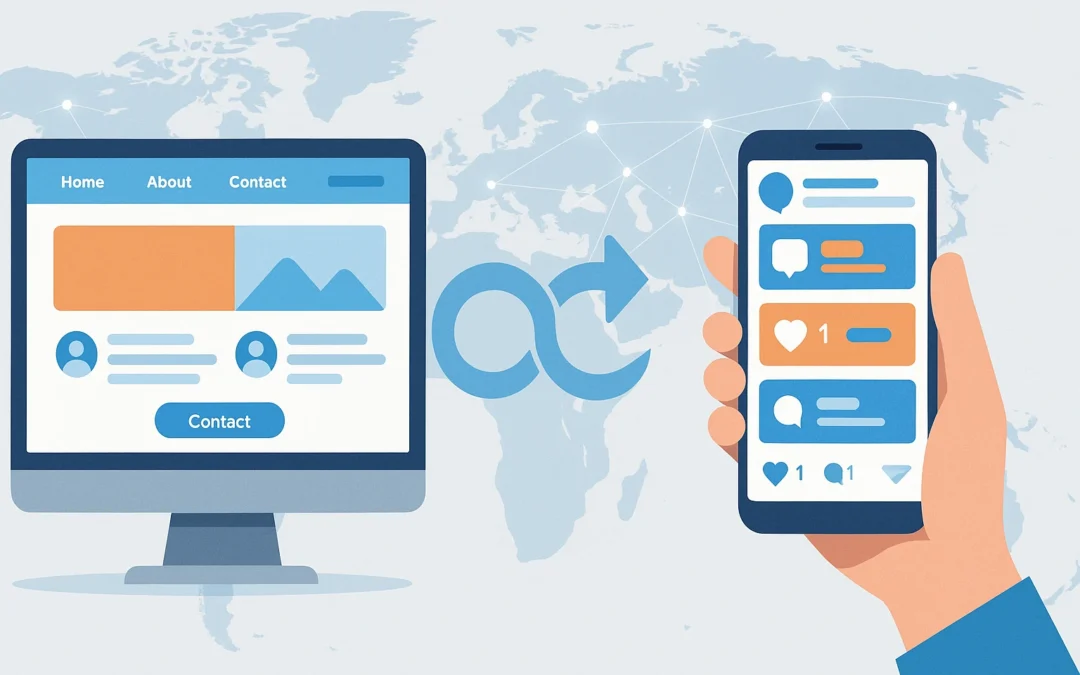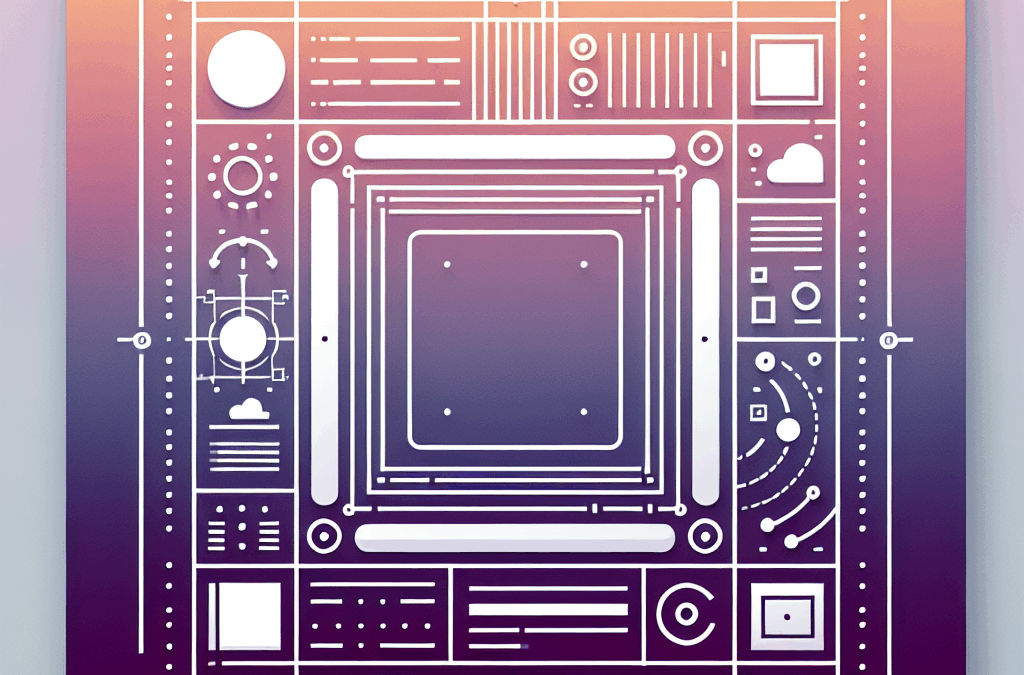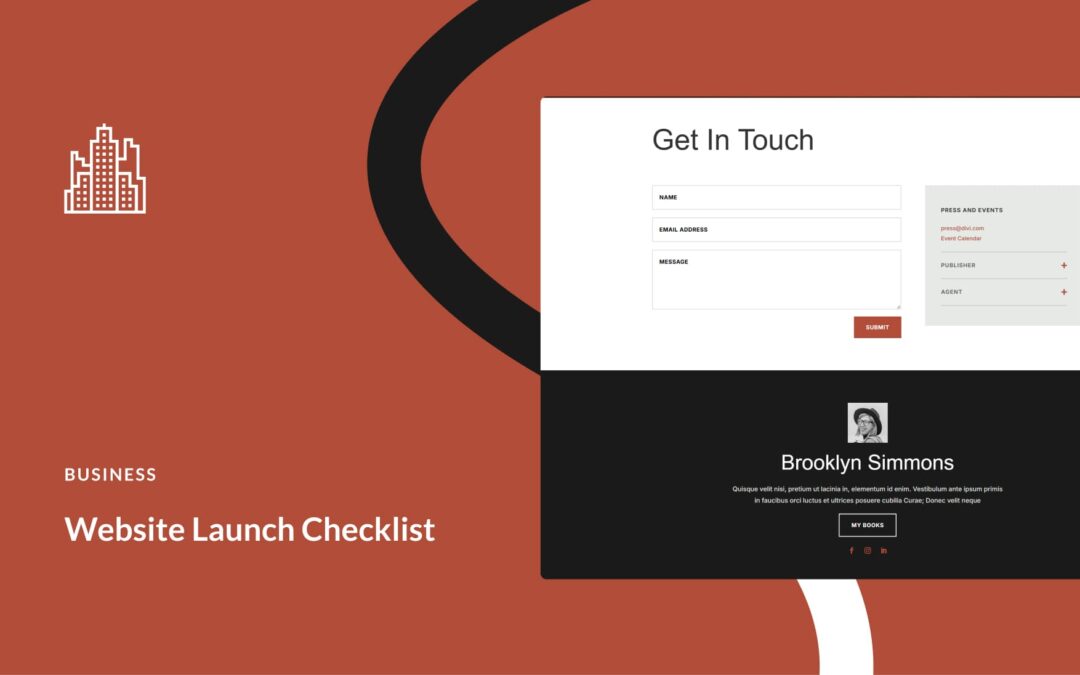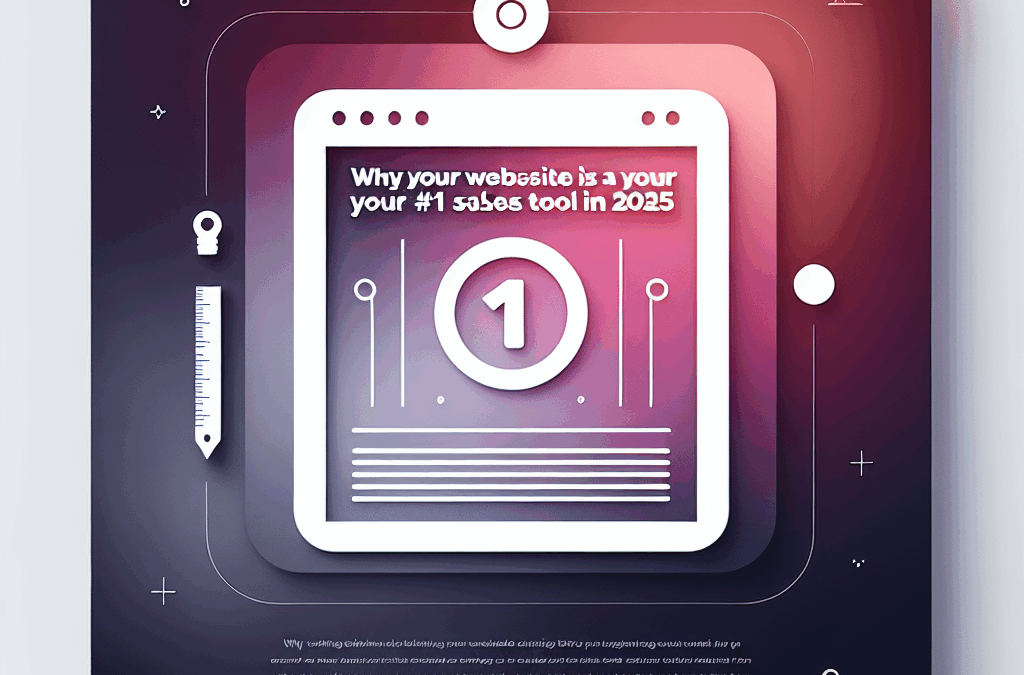Have you ever found yourself staring blankly at your lunch options, feeling more overwhelmed than hungry? Or trying to decide which client project deserves your time this week? You’re not alone. In today’s world, the sheer number of choices can feel paralyzing, especially for us small business owners here in South Texas.
In a landscape where we’re bombarded with options, making decisions can seem like a high-stakes game. But understanding the psychology behind these choices can be your secret weapon. Let’s dive into why choice is so challenging, and how we can turn that struggle into success.
Why Is Decision-Making a Headache?
We’re living in an age of abundance. You can order from countless local restaurants or choose from a seemingly endless array of digital marketing tools, but that freedom can feel more like a curse than a blessing. Every option is a potential sacrifice. When you choose one path, you’re indirectly giving up on others—some might even look appealing tomorrow or next week.
The Weight of Sacrifice
Imagine you’re launching a new product and are stuck between two appealing designs. The fear of choosing the "wrong" one to represent your brand can loom large, causing unnecessary stress. This is where understanding the mechanics of choice, including bias and cognitive pitfalls, can help smooth the process and lead to better decisions and results.
What is Choice, Anyway?
At its core, choice is simply deciding between two or more options. But let’s dig deeper. Choice theory explores how and why we arrive at those decisions. It boils down to fulfilling our basic needs—be it survival, connection, or enjoyment.
Rational choice theory further suggests that we’re wired to opt for what serves us best. However, decision-making isn’t just about clear-cut benefits; it can be more complex than that.
Sheena Iyengar, a behavioral scientist, emphasizes that who we are affects our choices. Think about it: the differences we perceive can drastically shift our preferences, based on what matters to us personally. So, when you’re choosing local services or products, remember that your unique business needs and preferences are at play.
Unpacking Bias: The Hidden Influences
When it comes to making decisions, bias comes into play—unconscious influences that affect how we view our options. Sometimes these biases manifest in surprising ways. Take, for instance, a study where people were presented with two shades of pink nail polish. It turns out their choice was swayed more by the name (“Ballet Slippers” vs. “Adorable”) than by the actual color!
What’s the takeaway? It’s vital to recognize how biases can affect your business decisions, whether it’s choosing a specific type of marketing strategy or deciding on branding elements.
Types of Bias Affecting Business Owners:
-
Anchoring: The first information you encounter sets a reference point for your decisions. If you see a fancy logo for a local competitor, you may view your own branding as subpar even if your service is top-notch.
-
Framing: The way you present your services can influence how clients perceive them. Are you highlighting the benefits effectively, or leaving them in the shadows?
-
Ingroup Bias: You might find yourself favoring certain suppliers or tools simply because they resonate with your community or industry… even if they’re not the best for your needs.
-
Loss Aversion: The fear of losing clients or opportunities can often deter you from deeper investments in your brand, even when the potential gains are substantial.
- Ambiguity: You may hesitate to explore innovative marketing strategies simply because they feel risky. Familiarity often provides comfort, even if it’s time to shake things up.
Why Choices Can Be Hard
Picture this: you’re deciding whether to upgrade your website. It could cost a few bucks, but think about the damage done by an outdated site—losing clients, missed opportunities… ni modo, right? Yet, that decision can feel monumental, especially when faced with countless design options that might leave you confused.
It’s all about choice overload. Studies show that when faced with too many options—like a supermarket’s 42,000 items—decision fatigue sets in. This often leads to inaction rather than thoughtful choices.
Maximizing Your Choices: The Business Owner’s Blueprint
So how can you make the decision-making process smoother in your business? Here are four actionable tips:
-
Simplify: Cut down your options. Less is truly more. Think about how local brands have thrived by offering a narrowed, focused range of products.
-
Make It Concrete: Help clients understand what they’ll gain or lose by making clear the benefits associated with your services. When your offerings resonate, decision-making becomes easier.
-
Categorize: Break down your services—or how you present them—to avoid overwhelming potential clients. Optimal categorization helps clients easily navigate their choices.
- Set Deadlines: Give yourself a timeframe. Whether deciding on a new supplier or a partnership, a deadline can help push that decision-making along instead of allowing it to linger.
Trust Local Expertise
If you want to elevate your online presence, why not tap into the expertise available here in the Valley? At Ericks Web Design, we know the local landscape extremely well and can craft a custom, professional website that tackles all your marketing goals smoothly.
Ready to ensure that your website is not just a digital business card but a lead-generating powerhouse? Let’s create something that truly reflects your brand and boosts your bottom line.
Call to Action
So, how about it? Ready to upgrade your online game and make those choices a bit easier? Hit us up, and let’s get those leads rolling in!
Source:
https://blog.hubspot.com/sales/the-psychology-of-choice
